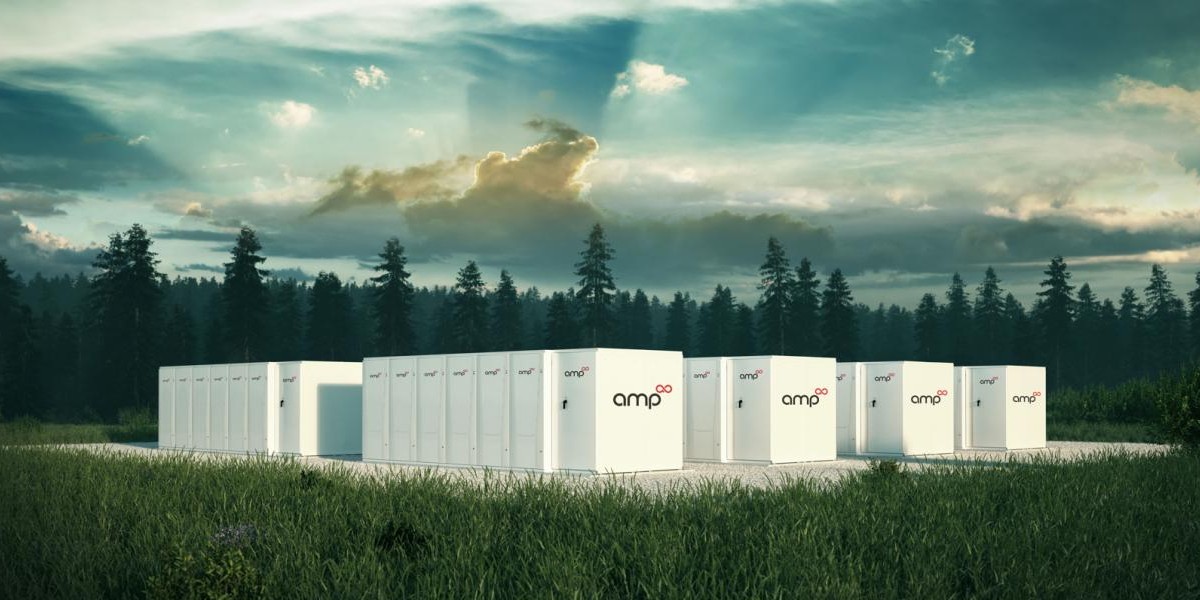
President Joe Biden will today authorize the use of Title III of the Korean War-era Defense Production Act (DPA) to rapidly step up US production of minerals for electric vehicle and storage batteries.
The Defense Production Act for critical minerals
As the FEMA website explains:
The Defense Production Act [of 1950] is the primary source of presidential authorities to expedite and expand the supply of materials and services from the US industrial base needed to promote the national defense.
FEMA also explains Title III, “Expansion of Productive Capacity and Supply”:
Title III of the DPA provides various financial measures, such as loans, loan guarantees, purchases, and purchase commitments, to improve, expand, and maintain domestic production capabilities needed to support national defense and homeland security procurement requirements.
In other words, companies are required to prioritize federal contracts for goods and materials. Civil transportation and energy are included under the “national defense” umbrella.
According to a White House fact sheet released today:
The President will issue a directive, authorizing the use of the Defense Production Act to secure American production of critical materials to bolster our clean energy economy by reducing our reliance on China and other countries for the minerals and materials that will power our clean energy future.
Specifically, the DPA will be authorized to support the production and processing of minerals and materials used for large capacity batteries–such as lithium, nickel, cobalt, graphite, and manganese—and the Department of Defense will implement this authority using strong environmental, labor, community, and tribal consultation standards.
The Biden administration has invoked the act in response to escalating energy prices, Russia’s invasion of Ukraine, and its goal of achieving a clean power grid by 2035.
In July 2021, Electrek wrote:
The US relies entirely on imports for 17 mineral commodities, 14 of which are identified as critical minerals, according to the US Geological Survey.
Resources in the US are small compared with countries such as Canada… and the US lacks the smelters to refine the materials from ore and existing mine tailings.
The US has cobalt assets in Missouri, Minnesota, and Idaho, but production trails other sources because the US permitting process takes years.
Read more: The US has to mine more minerals to meet EV, clean energy demands
Electrek’s Take
Here’s the part we’re not excited about (because we are an EV and clean energy website, after all):
The President will announce the largest release of oil reserves in history, putting 1 million additional barrels on the market per day on average – every day – for the next six months.
We at Electrek know that everyone is paying through the nose for gas and heating right now. We also get the need for US energy independence; many countries are feeling that too in the face of Russian aggression. Vladimir Putin is threatening to cut gas supply to “unfriendly countries” from tomorrow if they don’t pay in rubles.
But as my colleague Jameson Dow noted in a team discussion, “We are sitting here in the biggest crisis humanity has ever faced, and everyone thinks the solution is to burn more oil. There’s always some short-term thing that means we can’t act on the problem we needed to act on a half-century ago.”
The White House fact sheet states that the goal is to speed the transition to clean energy made in the US. (It also mentions it’s “seeking additional opportunities to ramp up the deployment of heat pumps” – yes, please, and hurry.)
It’s also right to push for energy efficiency and electrification upgrades, and it’s updating old mining laws to promote responsible mining under strong social, environmental, and labor standards.
As Bobby McEnaney, senior lands analyst with the Natural Resources Defense Council, just stated in an email statement sent to Electrek:
What’s important now is ensuring that supplies of the minerals needed to manufacture those batteries be secured in ways that are reliable, durable, and sustainable.
Rather than just digging up or importing more, we should start with improved recovery and waste reduction throughout supply chains. We must reclaim and recycle these materials in a way that ensures they stay in circulation and honors our commitment to protect the environment, public health and vulnerable communities.
Read more: Here’s what the future of battery recycling is going to look like for EV owners
The transition to clean energy can’t happen in a day, but it has to be prioritized. So if the Biden administration is serious about fighting climate change, both it and manufacturers – electric car, battery, solar, wind, any and all clean energy component manufacturers – need to work overtime so that this major ramp-up of releasing oil is kept as short as possible, and the US can then focus on transitioning to clean energy and transport.
Photo: Amp Energy
UnderstandSolar is a free service that links you to top-rated solar installers in your region for personalized solar estimates. Tesla now offers price matching, so it’s important to shop for the best quotes. Click here to learn more and get your quotes. — *ad.
FTC: We use income earning auto affiliate links. More.




Comments